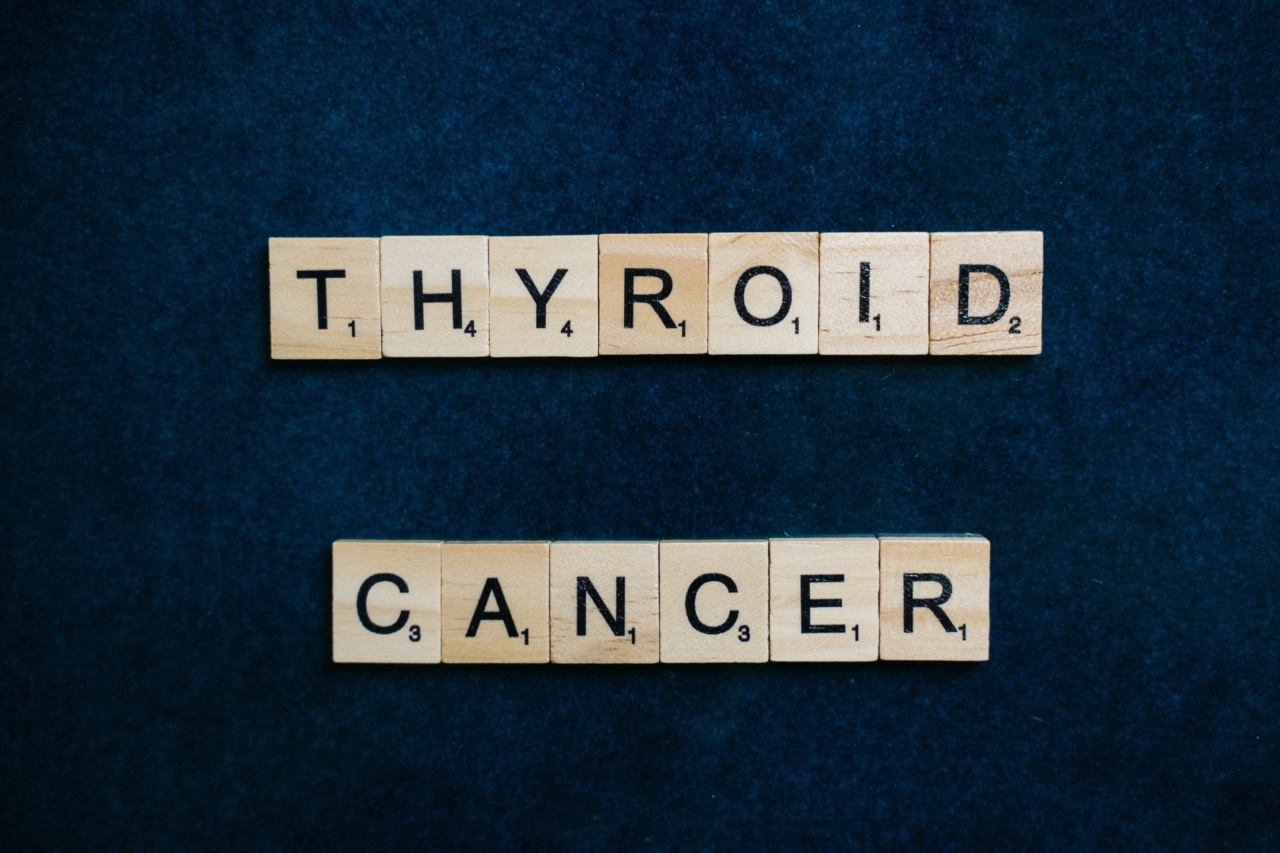Thyroid cancer is a type of cancer that affects the thyroid gland, a small butterfly-shaped organ located in the front of the neck. It is one of the most common types of cancer worldwide, and its prevalence has been increasing over the past few decades.
Various factors contribute to the risk of developing thyroid cancer, including genetic predisposition, exposure to radiation, and environmental factors. Recently, a study suggested that a 55% increase in thyroid cancer risk could be significant. In this article, we will explore whether this figure holds any significance in the context of thyroid cancer risk.
Understanding Thyroid Cancer
Before delving into the significance of a 55% increase in thyroid cancer risk, it is essential to understand the basics of this disease.
Thyroid cancer can be classified into different types, including papillary thyroid cancer, follicular thyroid cancer, medullary thyroid cancer, and anaplastic thyroid cancer. Each type has distinct characteristics and prognostic implications.
Factors Influencing Thyroid Cancer Risk
Thyroid cancer is influenced by a combination of genetic and environmental factors. Some of the factors that have been associated with an increased risk of thyroid cancer include:.
- Family history of thyroid cancer
- Exposure to ionizing radiation, especially during childhood
- Personal history of goiter or benign thyroid nodules
- Exposure to certain chemicals and pollutants
- Gender (thyroid cancer is more prevalent in females)
- Age (incidence increases with age)
- Low iodine intake
The Study and its Findings
In the study that suggested a 55% increase in thyroid cancer risk, researchers analyzed a large population over a specific time period. They compared individuals who developed thyroid cancer with those who did not.
The study found that individuals with a particular genetic variant had a 55% higher risk of developing thyroid cancer compared to those without the variant.
Interpreting the Risk Increase
While a 55% increase in thyroid cancer risk may sound significant, it is crucial to consider the context and the absolute risk associated with the disease.
The baseline risk of developing thyroid cancer varies across populations and depends on various factors such as age, sex, and exposure to risk factors. Therefore, a 55% increase in risk does not necessarily mean a substantial absolute risk for an individual.
Understanding Absolute Risk
Absolute risk refers to the actual chance of experiencing a particular event or outcome. In the case of thyroid cancer, the absolute risk of developing the disease is relatively low.
For example, the average lifetime risk of developing thyroid cancer in the general population might be around 1% or less. Therefore, a 55% increase in risk would result in an absolute risk of approximately 1.55%.
Considering Other Factors
It is important to note that the 55% increase in thyroid cancer risk attributed to a specific genetic variant is just one piece of the puzzle.
Other factors, such as family history, exposure to radiation, and lifestyle choices, also contribute to an individual’s overall risk. These factors should be considered in conjunction with the genetic variant to assess the complete risk profile of an individual.
Implications for Clinical Practice
The finding of a 55% increase in thyroid cancer risk associated with a specific genetic variant has potential implications for clinical practice.
Healthcare professionals may consider incorporating genetic testing into their risk assessment strategies for thyroid cancer. Identifying individuals with the high-risk genetic variant can help in developing targeted prevention and early detection strategies.
Future Research Directions
While the study provided valuable insights into the genetic component of thyroid cancer risk, further research is needed to enhance our understanding of this complex disease.
Future studies could focus on elucidating the underlying mechanisms through which the genetic variant increases thyroid cancer risk. Additionally, investigating the interaction between genetic and environmental factors may provide a more comprehensive understanding of the disease.
Conclusion
Considering the complexity of thyroid cancer risk factors, a 55% increase in risk associated with a specific genetic variant is noteworthy but should not be viewed in isolation.
The absolute risk of developing thyroid cancer remains relatively low, and individuals should work closely with healthcare professionals to assess their overall risk profile and prioritize preventive measures. Continued research in the field will aid in identifying additional risk factors and improving risk assessment strategies for thyroid cancer.




























